Related Research Articles
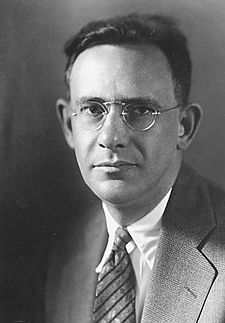
Edward Sapir was an American anthropologist-linguist, who is widely considered to be one of the most important figures in the development of the discipline of linguistics in the United States.

A membranophone is any musical instrument which produces sound primarily by way of a vibrating stretched membrane. It is one of the four main divisions of instruments in the original Hornbostel-Sachs scheme of musical instrument classification.

Indigenous music of North America, which includes American Indian music or Native American music, is the music that is used, created or performed by Indigenous peoples of North America, including Native Americans in the United States and Aboriginal peoples in Canada, Indigenous peoples of Mexico, and other North American countries—especially traditional tribal music, such as Pueblo music and Inuit music. In addition to the traditional music of the Native American groups, there now exist pan-Indianism and intertribal genres as well as distinct Native American subgenres of popular music including: rock, blues, hip hop, classical, film music, and reggae, as well as unique popular styles like chicken scratch and New Mexico music.
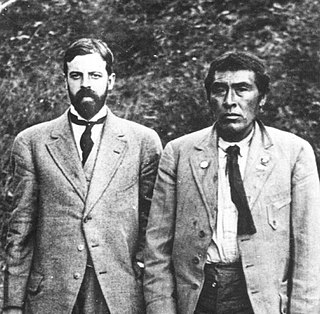
Alfred Louis Kroeber was an American cultural anthropologist. He received his PhD under Franz Boas at Columbia University in 1901, the first doctorate in anthropology awarded by Columbia. He was also the first professor appointed to the Department of Anthropology at the University of California, Berkeley. He played an integral role in the early days of its Museum of Anthropology, where he served as director from 1909 through 1947. Kroeber provided detailed information about Ishi, the last surviving member of the Yahi people, whom he studied over a period of years. He was the father of the acclaimed novelist, poet, and writer of short stories Ursula K. Le Guin.
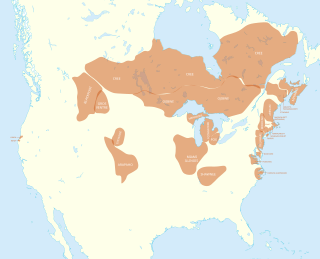
The Algic languages are an indigenous language family of North America. Most Algic languages belong to the Algonquian subfamily, dispersed over a broad area from the Rocky Mountains to Atlantic Canada. The other Algic languages are the Yurok and Wiyot of northwestern California, which, despite their geographic proximity, are not closely related. All these languages descend from Proto-Algic, a second-order proto-language estimated to have been spoken about 7,000 years ago and reconstructed using the reconstructed Proto-Algonquian language and the Wiyot and Yurok languages.

Penutian is a proposed grouping of language families that includes many Native American languages of western North America, predominantly spoken at one time in British Columbia, Washington, Oregon, and California. The existence of a Penutian stock or phylum has been the subject of debate among specialists. Even the unity of some of its component families has been disputed. Some of the problems in the comparative study of languages within the phylum are the result of their early extinction and limited documentation.

Morris Edward Opler, American anthropologist and advocate of Japanese American civil rights, was born in Buffalo, New York. He was the brother of Marvin Opler, an anthropologist and social psychiatrist.
Mescalero-Chiricahua is a Southern Athabaskan language spoken by the Chiricahua and Mescalero people in Chihuahua and Sonora, México and in Oklahoma and New Mexico. It is related to Navajo and Western Apache and has been described in great detail by the anthropological linguist Harry Hoijer (1904–1976), especially in Hoijer & Opler (1938) and Hoijer (1946). Hoijer & Opler's Chiricahua and Mescalero Apache Texts, including a grammatical sketch and traditional religious and secular stories, has been converted into an online "book" available from the University of Virginia.
Harry Hoijer was a linguist and anthropologist who worked on primarily Athabaskan languages and culture. He additionally documented the Tonkawa language, which is now extinct. Hoijer's few works make up the bulk of material on this language. Hoijer was a student of Edward Sapir.

The Nisenan are a group of Native Americans and an Indigenous people of California from the Yuba River and American River watersheds in Northern California and the California Central Valley. According to a 1929 archeology and ethnology press release by University of California, Berkeley, the Nisenan people are classified as part of the larger group of Native Americans known as the Maidu, though some dispute the accuracy of this relationship, including the Nisesan themselves. According to the Nisenan website, the United States' claim that they are Maidu is a misclassification and is inaccurate. As the Nisenan put it,
"Like many other Tribes throughout the United States, the Nisenan have been misidentified and mislabeled. The Nisenan have been lumped together under inaccurate labels such as "Maidu", "digger" and "southern Maidu". However, the Nisenan are a separate Tribe with their own Cultural lifeways, their own leaders and holy people, a distinct geographic territory and their own ancient and unique language."
Frederick Russell Eggan was an American anthropologist best known for his innovative application of the principles of British social anthropology to the study of Native American tribes. He was the favorite student of the British social anthropologist A. R. Radcliffe-Brown during Radcliffe-Brown's years at the University of Chicago. His fieldwork was among Pueblo peoples in the southwestern U.S. Eggan later taught at Chicago himself. His students there included Sol Tax.
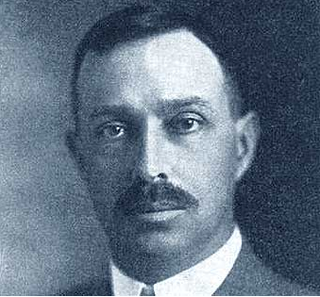
Roland Burrage Dixon was an American anthropologist.

The Pueblo clowns are jesters or tricksters in the Kachina religion. It is a generic term, as there are a number of these figures in the ritual practice of the Pueblo people. Each has a unique role; belonging to separate Kivas and each has a name that differs from one mesa or pueblo to another.

The Cantares Mexicanos is a manuscript collection of Nahuatl songs or poems recorded in the 16th century. The 91 songs of the Cantares form the largest Nahuatl song collection, containing over half of all known traditional Nahuatl songs. It is currently located in the National Library of Mexico in Mexico City. A description is found in the census of prose manuscripts in the native tradition in the Handbook of Middle American Indians.
Margaret Lantis was an American anthropologist, Eskimologist, and writer.

Bertha Pallan Thurston Cody was an American archaeologist, working as an assistant in archaeology at the Southwest Museum. She was also married to actor Iron Eyes Cody. She is thought to be the first Native American female archaeologist, of Abenaki and Seneca descent.

Bear Dance is a Native American ceremonial dance that occurs in the spring. It is a ten-day event to strengthen social ties within the community, encourage courtship, and mark the end of puberty for girls.

A clapper stick is a traditional idiophone common among the indigenous peoples of California. It is traditionally constructed by cutting the branch of an elderberry tree, hollowing it out, and partially splitting the branch in two. It is used to keep time and accompany singers and dancers. Many are now made of bamboo, which do not require hollowing.
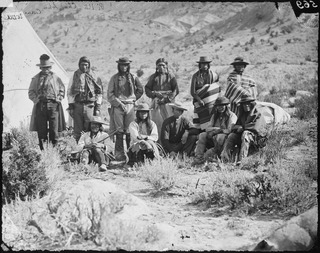
Ute music constitutes the music of the Indigenous Northern American Ute tribe. Much of this music has been recorded and preserved. Each song of the Ute tribe has a meaning or is based on an experience. These experiences may be social, religious or emotional. Many Ute songs are social songs. They include war songs, social dance songs, parade songs, medicine songs, love songs, game songs and story songs.
Harry Tschopik Jr. was an American ethnologist whose researched centered on South American material culture, namely Peruvian indigenous communities. He worked to fuse a relationship between ethnology and archeology, while adhering strongly to a belief in the mission of museums to take anthropology to the public. He was a seminal figure in Peruvian ethnology having trained many of the first-generation Peruvian ethnologists, and as a scholar, he set the standard for field recordings for cultural anthropology.
References
- ↑ Densmore, Frances (1939), "Musical Instruments of the Maidu Indians", American Anthropologist, New Series, vol. 41, no. Jan. - Mar., 1939, pp. 113–118, doi: 10.1525/aa.1939.41.1.02a00090
- ↑ Parsons, Elise (1940), "Relations between Ethnology and Archeology in the Southwest", American Anthropologist, New Series, vol. 42, no. 3, p. 541, doi: 10.1525/aa.1940.42.3.02a00300
- ↑ .Lowie, Robert H. (1938), "The Emergence Hole and the Foot Drum", American Anthropologist, New Series, vol. 40, no. 1, p. 214, doi: 10.1525/aa.1938.40.1.02a00330 , JSTOR 275281